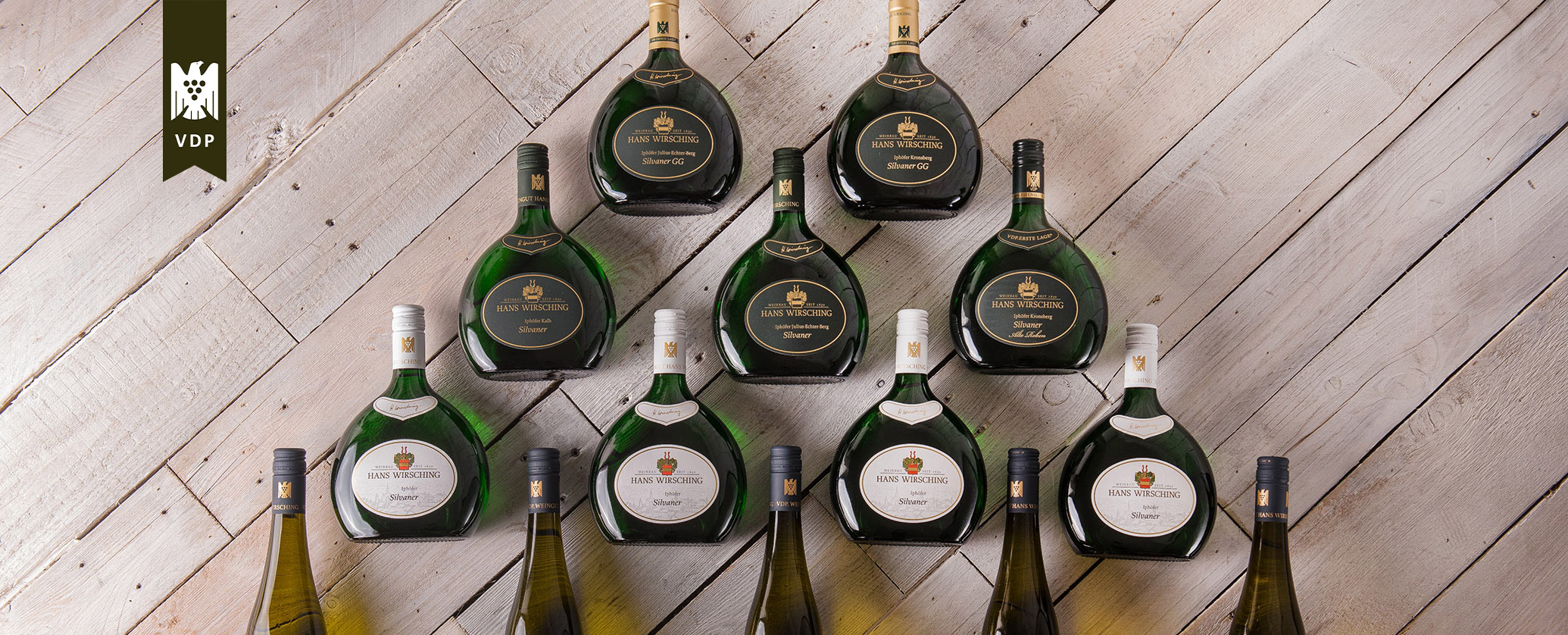From "Gutswein" to the "Große Lage"
The VDP Pyramid
The more precisely we can describe its origin, the more complex the wine is.
How to define quality? The VDP – Verband der deutschen Prädikatsweingüter was founded in 1910 as an association of natural wine auctioneers. In that year, a German wine law had defined natural wine as an outstanding quality that only can be achieved in Germany’s best vineyards. At that time, the climate was cold, so that highly ripe grapes only grew in particularly protected sites. These sites were famous. Wines from them were more expensive than wines from Bordeaux and Burgundy. In 1971, a new wine law linked wine quality to the sugar content in the grapes. Natural wine was renamed Prädikatswein, and the association also got a new name: VDP.
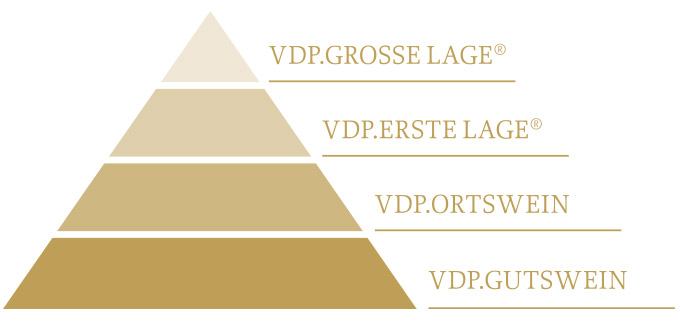
The quality of the wines depended on the sugar content of the grape juice, measured in degrees Oechsle, and divided into Kabinett, Spätlese and Auslese. Since the end of the 1980s, however, winegrowers have felt the onset of climate change. As average temperatures rose, so did the sugar content in the grapes, so that even the simplest wines could be called Spätlese. So what made them different? The VDP looked for a new system to describe which wines were simpler and which were more complex. It found the model for its new classification in the Burgundy quality pyramid.
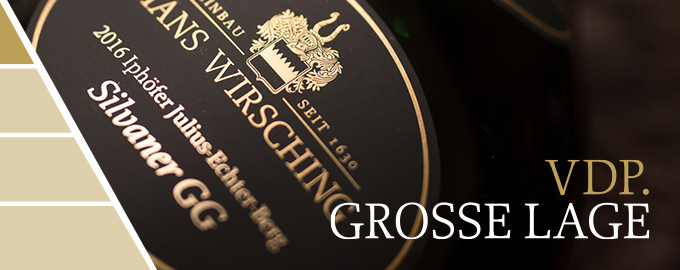
Old vines in the best plots form the absolute top of the range. When vinified dry, these are the “Grosse Gewächse”. Noble sweet wines, such as Trockenbeerenauslesen, may also bear this vineyard designation.
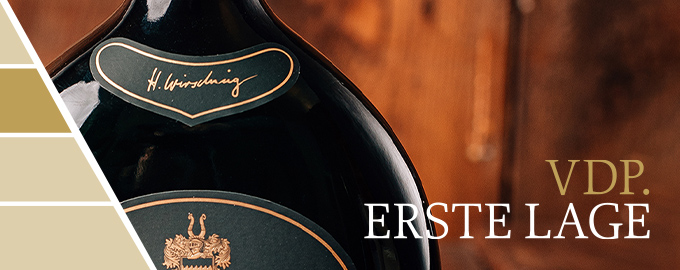
Classified vineyards with particular terroir and microclimate. All of our wines from first sites come from vines that are at least 20 years old. However, only the best grapes are allowed to bear the name of the vineyard.
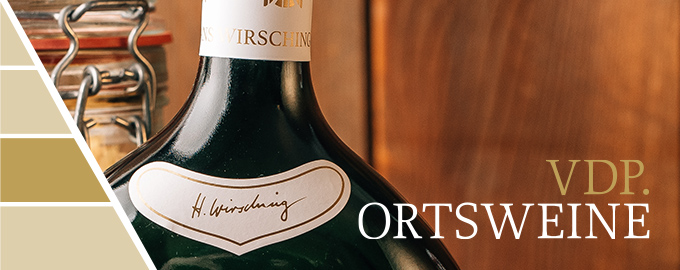
This is the business card of a community. The Keuper characterises wines from Iphofen. Here in Iphofen, they are delicate and elegant because they come from medium-aged vines that have already pushed their roots deeper into the subsoil.
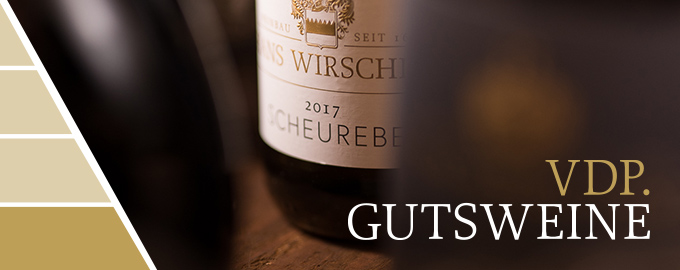
Estate wines come from younger, estate-owned vineyards. They are light, fresh and fruity and are also drunk young.

